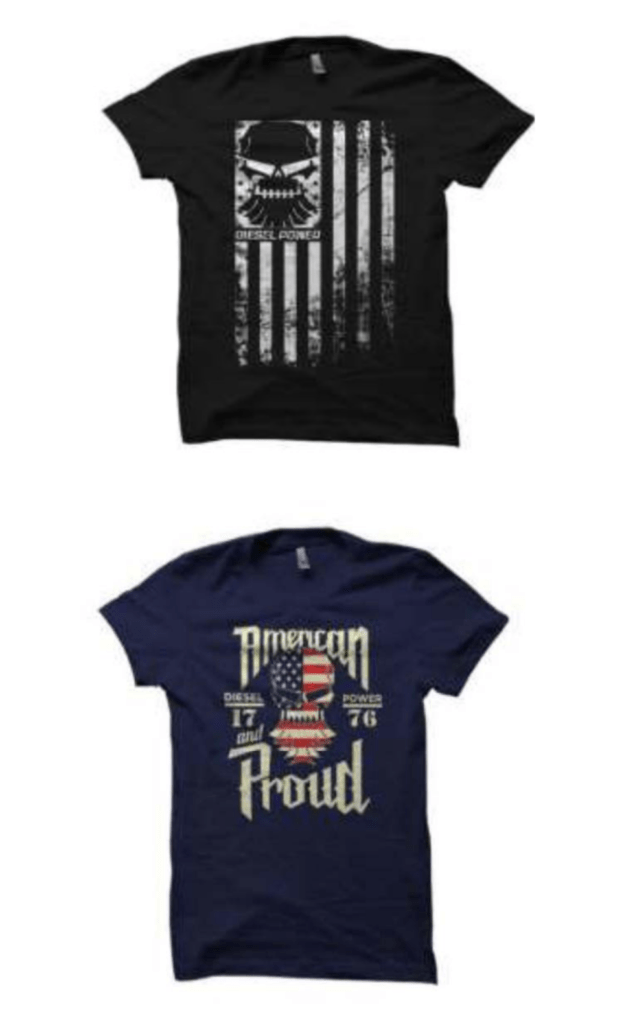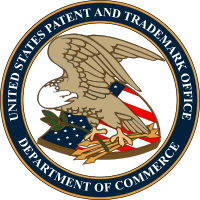USPTO Trademark Office Actions Explained: Merely Ornamental Refusal
When entrepreneurs or tech startup CEOs file an application in the United States Patent and Trademark Office (USPTO), a variety of USPTO Office Actions can be issued. These Office Actions, or refusals may range in legal issues such as, for example, a section 2(d) Likelihood of Confusion refusal, or a section 2(e) Merely Descriptive refusal. One of the less common refusals is the refusal on the basis of ornamentation under section 1202.03 Merely Ornamental Refusal.
Merely Ornamental Refusal Office Action in U.S. Trademark Applications
The Merely Ornamental refusal states: Subject matter that is merely a decorative feature does not identify and distinguish the applicant’s goods and, thus, does not function as a trademark as required by sections 1,2, and 45 of the Trademark Act. In laymen’s terms, this means that a proposed trademark, whether words or a logo, can appear to only decorate goods and not indicate the source of the goods, as is required of trademarks.
USPTO Trademark Manual of Examining Procedure, Section 1202.03
This refusal is common in Class 025 applications for apparel merchandise such as t¬shirts and other clothing, but it can apply to other classifications. If registering goods in Class 25, entrepreneurs and tech startups of e-commerce clothing brands should consider where their use of their brand and logo may run into a merely ornamental refusal, or, alternatively, it the brand acts a clear indicator of source. If the mark is not used in these instances, but only on the goods themselves, it is still possible for the mark to indicate source and function as a trademark and will depend on a case-by-case determination.
As late as March 2019, the United States Patent and Trademark Office (USPTO) Trademark Trial and Appeal Board (TTAB) ruled in a merely ornamental case that skull design on the cover of a t-shirt (see image) failed to function as a trademark for various clothing items and refused trademark registration.

Examples of Overcoming Merely Ornamental Refusal in Trademark Applications
The USPTO will consider the size, location, and dominance of the proposed mark, as applied to the goods, when determining if the mark is ornamental or indicates source. For example, large marks splayed across the front of a t-shirt will typically be deemed ornamental. In contrast, small, discrete marks on a pocket or breast portion of a shirt, such as Ralph Lauren’s pony, are usually perceived as a trademark.
In some situations, a mark can still be registered even if it is used in a decorative or ornamental manner. In these cases, the mark must indicate secondary source. This means that although the mark is used in an ornamental manner on the applied for goods, the purposed mark would still be recognized as a trademark because it functions as a trademark for goods or services that are not the subject of the application. For example, if L.A. LAKERS is written in large text across a sweatshirt, this use itself is ornamental, however this mark will still be eligible for federal registraion in the USPTO because it indicates secondary source, namely the famous basketball team.
Trademark applications are subject to numerous requirements that should be considered when registering a mark. Thinking a few steps ahead and proactively, during the trademark selection and adoption process, trademark owners of apparel merchandise or other goods can consult with an experienced trademark attorney and consider whether the trademark is likely to receive a merely ornamental refusal, or other office actions which can delay or terminate the trademark application.
Author: David N. Sharifi, Esq. is a Los Angeles based intellectual property attorney and technology startup consultant with focuses in entertainment law, emerging technologies, trademark protection, and “the internet of things”. David was recognized as one of the Top 30 Most Influential Attorneys in Digital Media and E-Commerce Law by the Los Angeles Business Journal in 2014. Office: Ph: 310-751-0181; david@latml.com.
Disclaimer: The content above is a discussion of legal issues and general information; it does not constitute legal advice and should not be used as such without seeking professional legal counsel. Reading the content above does not create an attorney-client relationship. All trademarks are the property of L.A. Tech & Media Law Firm or their respective owners. Copyright 2019. All rights reserved.


